What does it look like when super-high-speed shells collide with each other in super slow motion?

To date, we have shot various slow-motion videos using high-speed cameras of collisions between anti-tank
15,000MPH Colliding Explosions in Super Slow Motion - The Slow Mo guys - YouTube
Mr. Gab (left) and Mr. Dan (right), members of The Slow Mo Guys, appeared.

For this shooting, a shaped explosive charge as shown in the image below will be used.

To fire the explosive charge, Dunn said, ignite it from the back side.

Then, an explosive charge will be fired from the hollow in front.

Three high-speed cameras will be used to film the collision between the explosive charges.

Before letting the explosives collide with each other, first try firing one explosive. The target is a gel-like rectangular parallelepiped.

Fire explosives at the gel.

When you check the gel, you will see black marks left by the explosives.

A high-speed camera clearly recorded the progress of the explosives through the gel along with the black smoke.

According to Mr. Gab, the speed of a typical bullet is about 1343 MPH (2200 km / h), while the speed of this shaped explosive was 9645 MPH (15,500 km / h).

The gel that the explosives penetrated had melted due to the heat.

Let's immediately make the explosives collide with each other. In this experiment, we attached explosive charges to the back of each iron plate and fired them toward the other explosive charge.

The explosives were fired with a loud sound.

There are two large holes in the iron plate that was directly hit by the explosives.
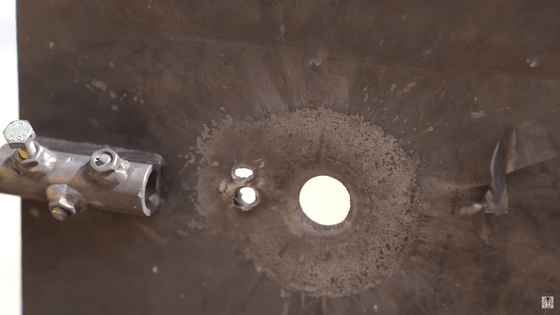
When checking the video with a high-speed camera, it is not possible to clearly see the collision at 1000FPS.

Even if you shoot at 82,000 FPS, only a pillar of fire will appear, making it difficult to obtain accurate information.
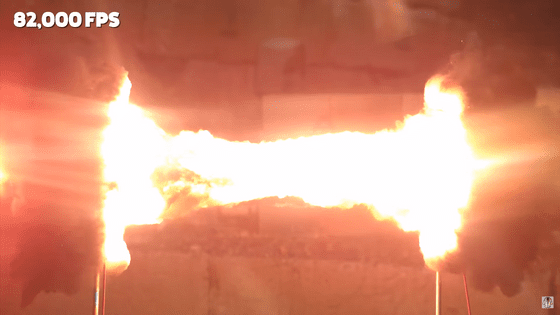
Also, at the moment of the collision, it emitted intense white light and could not be confirmed.
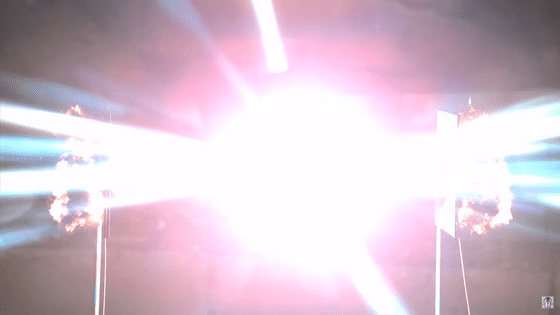
So, I lowered the camera's exposure and tried the experiment again.
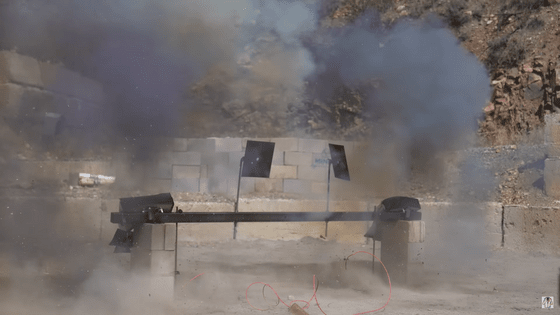
When shooting at 375,000 FPS, the trajectory of the fired explosive could be confirmed.
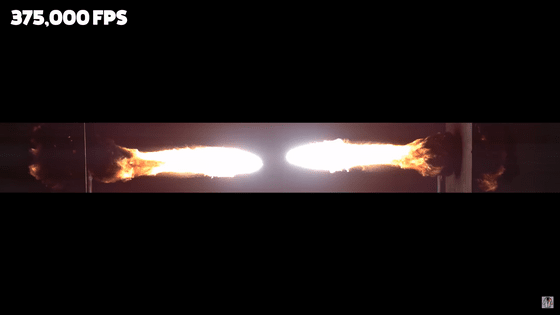
However, the moment of the collision was unclear. The speed of the explosives fired from left to right was 16,050 MPH (25,800 km/h), and the speed of explosives fired from right to left was 15,700 MPH (25,200 km/h).
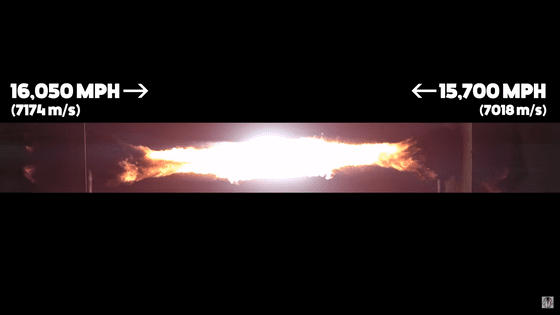
Although they succeeded in capturing clearer images than in the first experiment, neither image could clearly record the moment of collision.
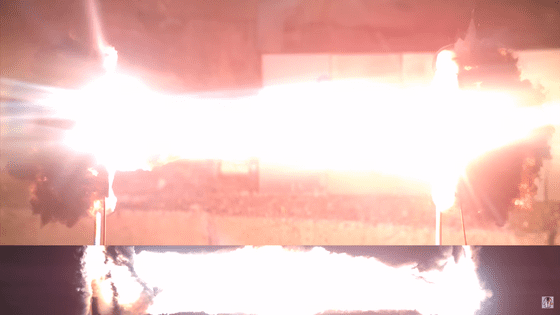
Furthermore, lower the camera's exposure setting and take the picture.

When the explosives were fired, a large plume of black smoke rose.
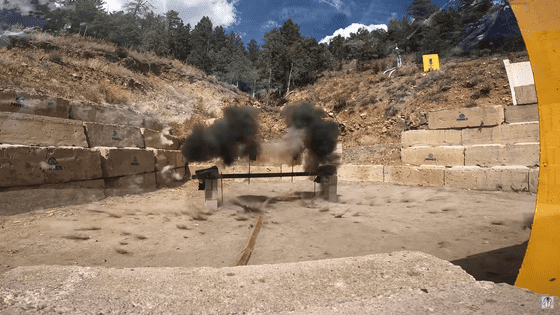
If you check the video shot at 375,000 FPS, you can see that the fired explosives collide with each other and cause an explosion.
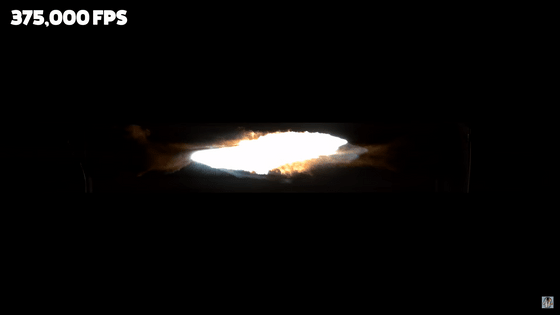
We were able to capture the moment of the collision more clearly than any video we have ever taken.
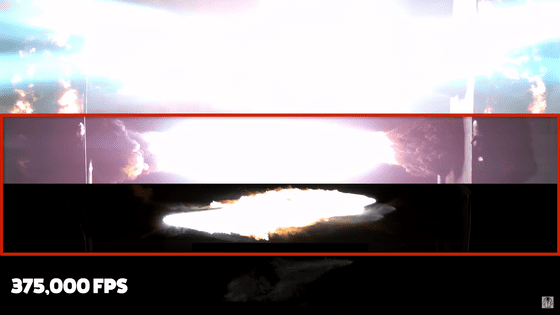
The video shot at 2 million FPS succeeded in clearly capturing the tip of the explosive charge.
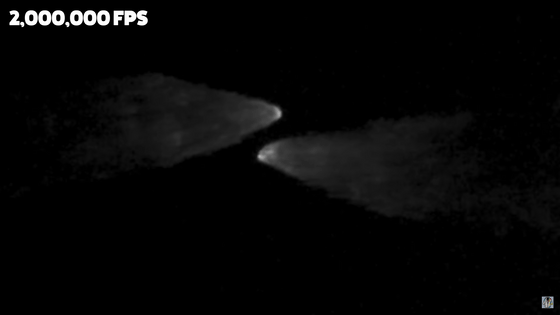
In the 5 million FPS video, you could see the explosives being fired in super slow motion.

Related Posts:







